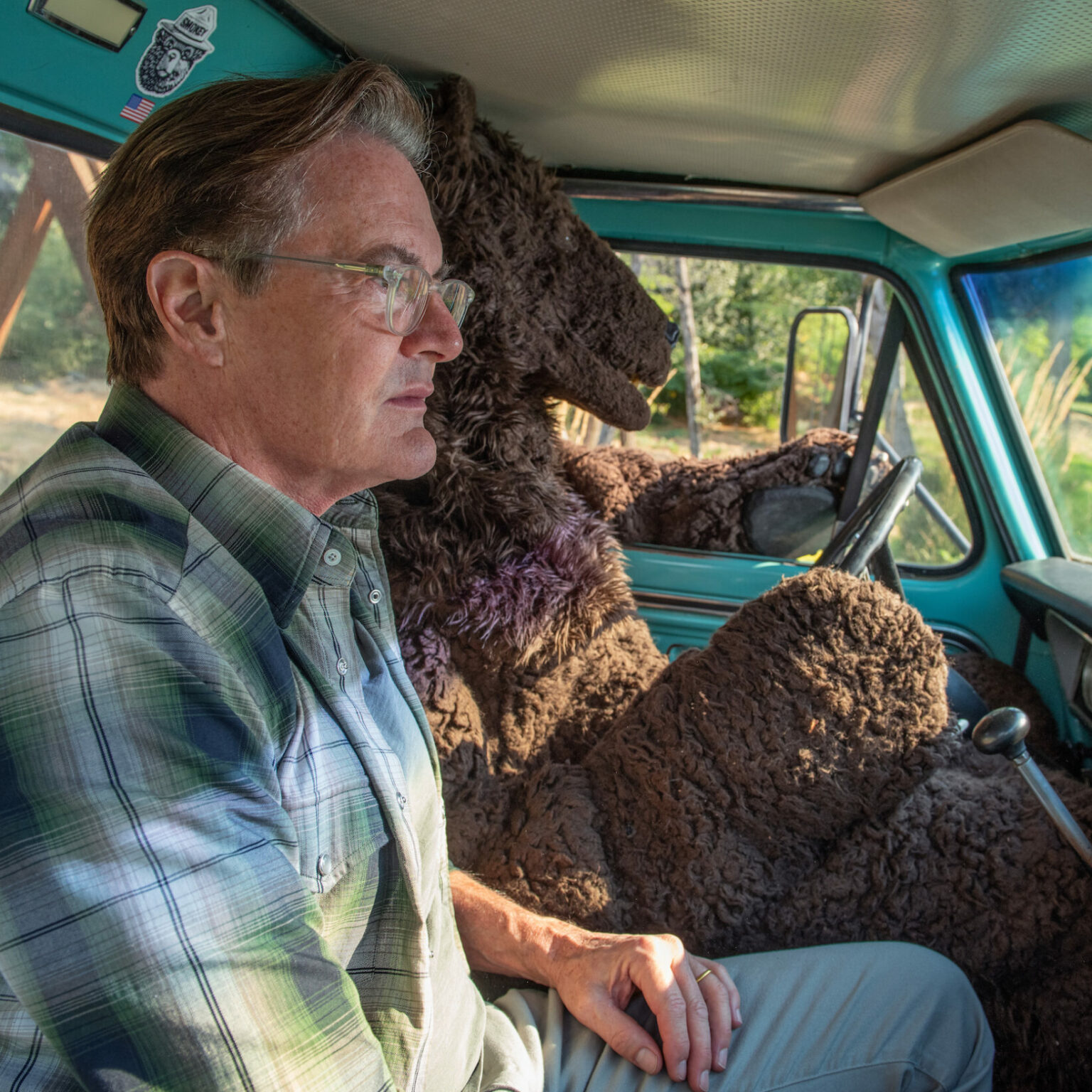Exporting the King of Wines w/ Valentina Abbona, Marchesi di Barolo


Growing up in a small town of ~700 people made Valentina Abbona, 6th generation vintner and Export and Marketing Manager for her family’s winery, Marchesi di Barolo, want to explore the world. Stints in the US, India, and China ultimately led her back to
Growing up in a small town of ~700 people made Valentina Abbona, 6th generation vintner and Export and Marketing Manager for her family’s winery, Marchesi di Barolo, want to explore the world. Stints in the US, India, and China ultimately led her back to the family business and managing wine exports. Valentina talks about the history of Barolo exports, including becoming “The King of wine, wine of Kings,” how she approaches new markets, and the differences between markets around the world. Explore the world through the lens of Barolo in this episode of XChateau!
Detailed Show Notes:
- Marchesi di Barolo background
- Founded by the last Marquis di Barolo Carlo Tancredi Falletti and French Noblewoman Giulia Colbert di Maulevrier
- Thomas Jefferson noted that the juice from the Barolo area had potential (which was not the same as the current dry wine)
- The Marchesa Giulia built the cellars based on the potential of the Nebbiolo grape underground in the 1800s to create a still wine
- Marchesi di Barolo, and subsequently Barolo, became the “King of wine, wine of Kings”
- Abbona family bought the estate in 1929 (Valentina’s great grandfather)
- Valentina’s background
- She grew up in the town of Barolo (~700 people)
- Traveled and explored the world before coming back to the wine industry
- After 1 year in China with a consulting company, she missed the winery and wine industry and came back to work with the family
- Barolo export history
- Barolo was part of the Kingdom of Savoy - the King of Savoy in Turin requested wine from Marchesa Giulia, who sent 325 barrels to the King’s Court - 1 for every day of the year except the 40 days of Lent
- Traveled to royal courts around Europe
- There is correspondence from the 1930s showing the wine went as far as Kabul and Java
- Exportation of wine
- 55% of wine exported, 45% sold in Italy
- Very proud that Italy is the largest market for the wine
- The entire portfolio is sold in Italy
- Export to >60 countries
- A selection of wines are sold to various markets
- Top export markets - US, Germany, Norway, Denmark
- The US has more “geeky” wine knowledge
- Asia is an emerging market - India (a historical market for Marchesi), China, Thailand, Japan
- High growth was seen in Southeast Asia (Thailand, Singapore, Hong Kong, Vietnam) - especially for the different single-vineyard wines (which is a similar trend for Barolo in general)
- The general trend for demand shifting to higher-end, single-vineyard bottlings vs. general Barolo (even in markets like Germany that historically bought more “classic” wines at the low - medium price points)
- Expanding to new markets
- Strategy based on the size of the market and knowledge of the wine consumer
- E.g., Uzbekistan is a new market - “easy” as buyer contacted Marchesi
- Bigger markets, which have more diverse consumer bases - often need more education and background knowledge before market launch
- Italy tends to do things solo vs. as a group, though the local Consorzio is starting to promote the territory more
- Strategy for larger markets
- Canada - each province has a different partner, particularly with the nuances of the local government monopolies
- US - one importer with local distributors for the different states; need to have a lot of regional meetings with people in each area
- Italy has >100 agents for different markets
- Trade Fairs (e.g., VinItaly, Vinexpo, Prowein)
- Give an opportunity to change people’s opinions
- Can have a view of what’s happening globally in 1 day
- “Vital for our business”
- VinItaly is different because of its Italy focus - also a place to bring the wineries of the country together and connect
- India
- Sold mainly through hotels
- Every region has its own dynamics and own taxes
- Average knowledge of sommeliers is very high
- China
- They had no exposure to wine on a daily basis when Valentina lived there (2011)
- Living there helped her understand consumer choices and preferences but did not lead to contacts for market entry
- Discovered wine clubs, where there are people with great knowledge of wine
- Barolo/Barbaresco wines are more challenging to the Chinese palate as they don’t have fruit/sweetness that Chinese palates like
- In-person vs. technology for selling wine
- Visiting in person is key to building and establishing relationships
- Technology can help maintain them
- Tool to help importers ell wine
- “Have to have a glass of wine in hand” - makes the experience as concrete as possible
- Sometimes brings soil samples, maps (“very useful”), video, and pictures - allow people to imagine being there and have more conversations
- For business meetings - video calls work well
- Preference for a combination of in-person and virtual tools
- Wine Allocations - some single vineyard and Barolo di Barolo may run out, trying to do more scheduling and programming of allocations by country
- Women in the wine industry - “always be yourself, don’t be scared of that”
- The future for Marchesi di Barolo - recently purchased Cascina Bruchiata in the Rio Sordo area of Barbaresco
Get access to library episodes
See acast.com/privacy for privacy and opt-out information.












